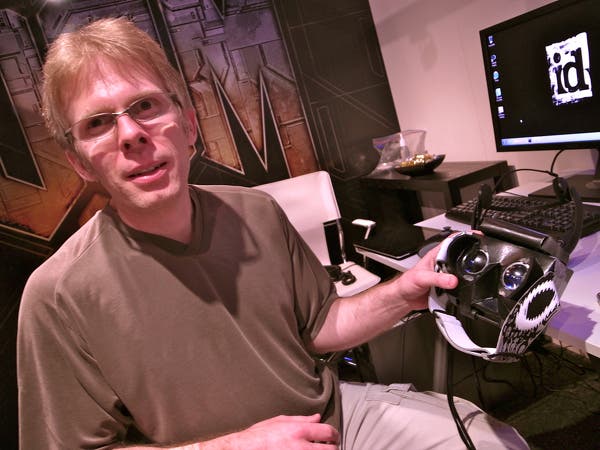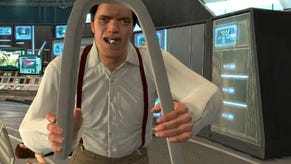Carmack: next-gen visuals "will be what we already have, but a lot better"
"In many ways I am not all that excited about the next generation."

Some gamers and game developers are crying out for the next-generation of consoles in the hope they will herald significant advances in graphics.
But games programming legend John Carmack remains unconvinced.
"When people ask how tapped out is the current console generation, PCs are 10 times as powerful but you really are still not technically limited," he told GamesIndustry International at E3.
"Any creative vision that a designer could come up with, we can do a pretty good job representing on current generation and certainly on PC. In many ways I am not all that excited about the next generation. It will let us do everything we want to do now, with the knobs turned up."
Amid leaked Xbox 720 strategy documents and rumoured tech specs one thing is certain: the next-generation will bring with it improved visuals. But just how improved?
Developers Eurogamer has spoken with indicate graphics achieved on high-end PCs using the DirectX 11 standard provide a good indication of what we'll see on the next consoles from Microsoft and Sony.
One improvement many gamers are hoping for is games running at 60 frames per second in 1080p natively. But Carmack, whose programming smarts helped make last year's FPS Rage achieve a super smooth 60fps throughout, cast doubt on this becoming a reality.
"If you take a current game like Halo which is a 30 hertz game at 720p; if you run that at 1080p, 60 frames with high dynamic frame buffers, all of a sudden you've sucked up all the power you have in the next-generation," he said.
"It will be what we already have, but a lot better. You will be able to redesign with a focus on D11, but it will not really change anyone's world. It will look a lot better, it will move towards the movie rendering experience and that is better and better, but it's not like the first time you've ever played an FPS. It won't be like putting yourself in the virtual world. All the little things you can do on that, such as playing an audio cue over here, and turning your attention to that. That will be more of the discontinuous step like we've had with first going to 3D or first using a mouse."
Carmack's comments came as part of a demo of his homebrew stereoscopic virtual reality headset, which has a motion sensor stuck to it to allow it to track your head movements. This, he said, could make a big difference to the experience of playing games, in the same way Nintendo's Wii introduced motion control.
"Sony and Microsoft are going to fight over gigaflops and teraflops and GPUs and all this," he said. "In the end, it won't make that much difference. When you get to this, it makes a really big difference in the experience. Nintendo went and brought motion into the gaming sphere and while only having a tenth of the processing power was able to outsell all of them in all of these ways. I think someone has an opportunity to do this here. It takes a whole ecosystem though, but it is almost perfect."









